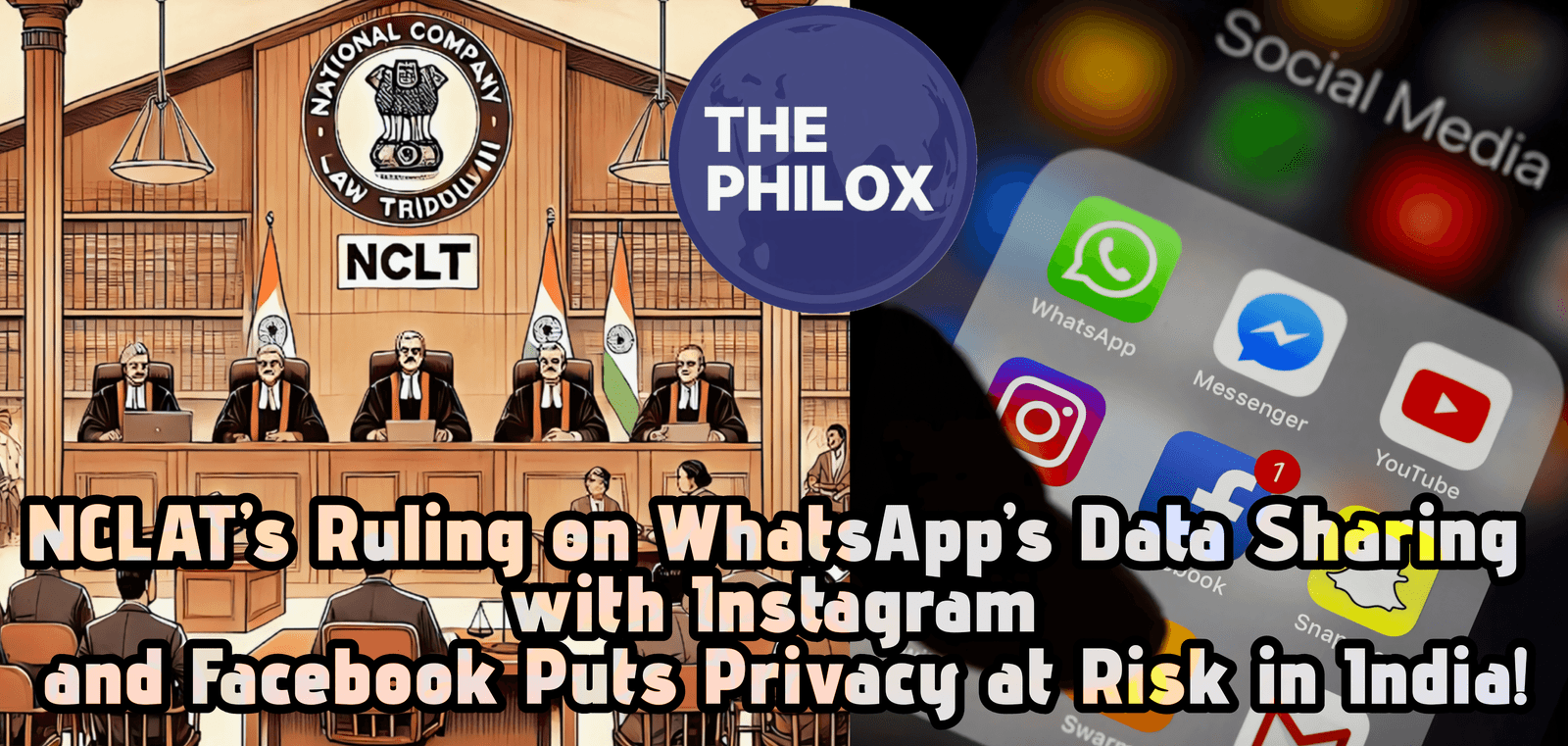Rooh Afza: A Drink Rooted Deeply
Practitioner of Unani medicine Hakim Hafiz Abdul Majeed developed Rooh Afza in Old Delhi in 1907. Persian translation of the name is “soul refresher.” Comprising herbs, fruits, and floral extracts, the syrup fights the strong heat of Indian summers.
It gained popularity rapidly for its reviving properties and was especially preferred during the month of Ramadan to breakfast.
The drink’s appeal cut across religious and cultural lines to become a common household item throughout India. Its attraction derived from its taste as much as from its connotations of health and custom.
Partition and Rooh Afza’s Spread
Though there was great upheaval following India’s 1947 division, Rooh Afza was able to remain visible.
While another son of Hakim Majeed migrated to Pakistan and opened a different branch there, one stayed in India carrying on the original Hamdard Laboratories. Later on Bangladesh established a third branch.
In the gastronomic scene of the subcontinent, Rooh Afza stayed a uniting factor despite political differences. Every nation modified the beverage to fit their own tastes, but the fundamental nature stayed the same.
Rooh Afza became a symbol of shared history and nostalgia rather than only a drink. 😊
Remarks of Controversial Baba Ramdev
Referring to Rooh Afza as “sharbat jihad” during a promotional event for his company’s new rose-flavored drink, Baba Ramdev—a well-known yoga guru and founder of Patanjali Ayurved—made news in April 2025.
Alleging a religious motivation behind Rooh Afza, he said that madrasas and mosques were funded from the income of the company.
Many of these comments infuriated people as Ramdev allegedly communalized a popular drink and disseminated false information.
The moniker “sharbat jihad” was perceived as a disparaging parody of “love jihad,” a contentious phrase used by some to claim that Muslim males entice Hindu women into marriage and conversion.
Legal Action and Court Interpretive Response
Responding by suing Baba Ramdev and Patanjali for slander and fostering communal discord,
Hamdard Laboratories claimed The Delhi High Court considered the matter gravely and declared that Ramdev’s remarks “indefensible” and “shocked the conscience of the court”.
Patanjali was directed by the court to remove the videos including the divisive comments and not repeat making such comments going forward.
Although Ramdev’s legal team claimed he did not specifically name Rooh Afza, the judge decided the implications were inappropriate and evident.
The episode underlined the court’s responsibility in suppressing hate speech and preserving social peace.
public opinion and media coverage
Extensive media coverage of the dispute included many criticizing Baba Ramdev for his remarks. Debates abound on social media, and many users voiced dismay over the communalizing of a drink that had been a part of their early years.
Some noted the irony of pushing one product while disparaging another, particularly one with such a rich background.
The episode also spurred debates on the obligations of public personalities in preserving social peace and the perils of applying collective rhetoric for financial benefit.
Enduring Legacy of Rooh Afza
Many people still have particular affection for Rooh Afza notwithstanding the debate. Its connection with family get-togethers, celebrations, and the basic delight of a refreshing drink on a hot day is still strong.
The drink’s capacity to cross religious and cultural barriers is evidence of its international appeal.
In an area sometimes divided, Rooh Afza reminds us of common customs and the little joys that bind people. The latest incidents highlight how crucial it is to protect such unity symbols against attempts of division. 😊
From a herbal mix in Old Delhi to a cherished beverage across South Asia, Rooh Afza’s journey reflects cultural integration and shared history.
The current debate is a warning story about the dangers of communalizing commonplace objects for political or commercial uses.
We must treasure and defend the symbols that unite individuals as society works through problems of division and identity.




